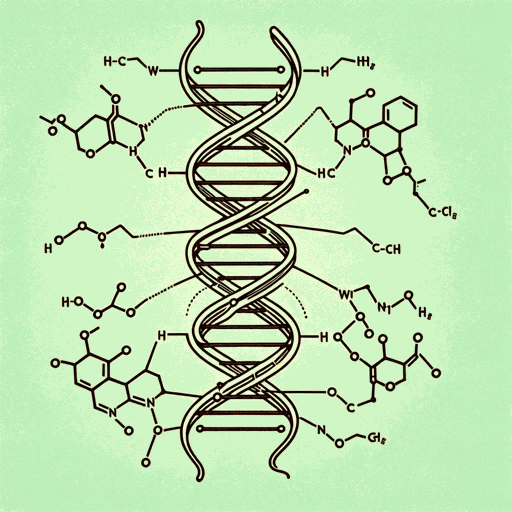96 pages • 3 hours read
Walter IsaacsonThe Code Breaker: Jennifer Doudna, Gene Editing, and the Future of the Human Race
Nonfiction | Biography | Adult | Published in 2021A modern alternative to SparkNotes and CliffsNotes, SuperSummary offers high-quality Study Guides with detailed chapter summaries and analysis of major themes, characters, and more.
Chapters 9-12Chapter Summaries & Analyses
Chapter 9 Summary: “Clustered Repeats”
Yoshizumi Ishino, a PhD student at Osaka University in Japan, was sequencing a gene in the bacteria E. coli when he found an oddity in the DNA he sequenced: five sequences were identical. These repeat pairs, each composed of 29 base pairs, occurred between normal stretches of DNA. Ishino didn’t pursue the matter further. Four years later, in 1990, Francisco Mojica, a graduate student of Spain’s University of Alicate, was sequencing the DNA of a variant of unicellular organism called archaea that thrive in extremely salty water. Mojica found 14 identical DNA sequences repeating regularly, all of them palindromes, reading the same forward and backward. To see if any other scientist had discovered similar findings, Mojica conducted painstaking research and found Ishino’s paper. He wondered, why did bacteria and archaea, totally different species with little genetic material to spare, have “spacer” sequences of repetitive DNA? Mojica found few takers to fund his investigation.
Mojica initially named the spacer sequences “short regularly spaced repeaters,” or SRSR, but the acronym was unmemorable. One evening a more apt name came to him: CRSISPR, meaning “cluster regularly interspaced short palindromic repeats.” Mojica and his collaborator Ruud Jansen—of Utrecht University in the Netherlands—formalized the name, and it stuck.
Related Titles
By Walter Isaacson





